Snake plants, also known as Sansevieria plants, are unquestionably excellent plants for those who lack a green thumb. They can withstand damage and be resilient since they do well with little care and a lot of neglect. However, because it can be challenging to determine where to best locate them and what type of care should be given to them, their simple upkeep can also lead to destruction. But the questions is, can a snake plant survive direct sunlight?
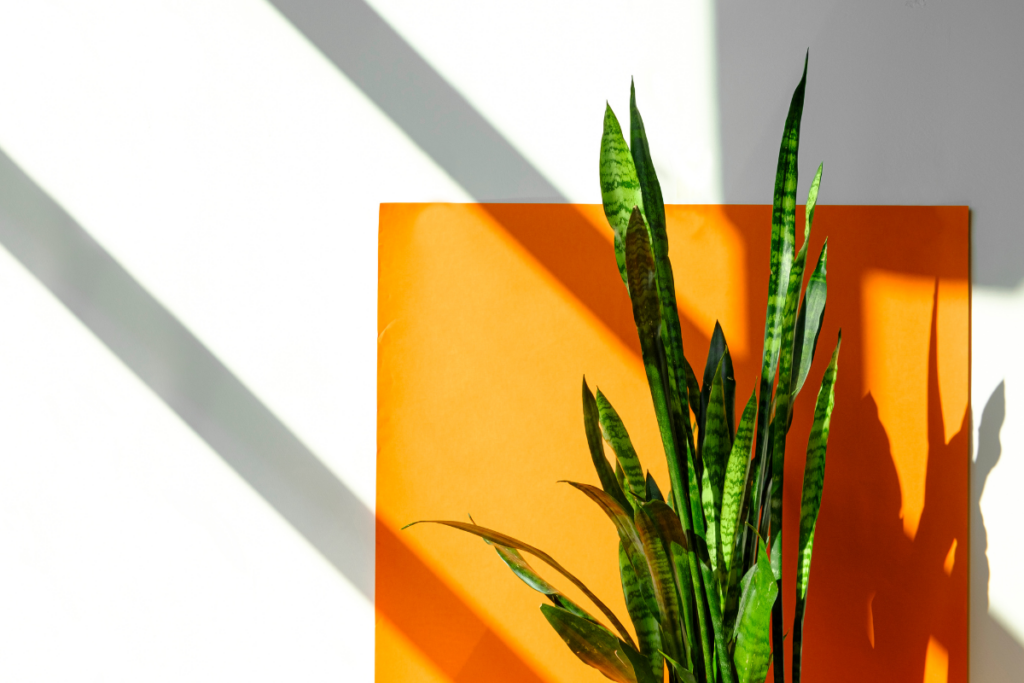
Unquestionably, due to their ability to flourish in low-light environments, snake plants are popular indoor plants. However, the issue is whether they can survive in direct sunlight as well. You can learn everything you need to know about snake plants here.
Snake plants can flourish in a variety of lighting situations. Although they may survive in settings of direct lighting, too much of it might be harmful. You can see scorched leaf tips or leaf burn signs. Generally speaking, a snake plant need a minimum of five hours of bright, indirect light per day, whether it is from the sun or an artificial source.
To learn more about how much light is needed for a healthy, thriving plant, keep reading this article. We will also address some often asked issues and concerns regarding the lighting requirements for your Sanseveria plant.
Can A Snake Plant Able To Survive Direct Sunlight?

The Snake Plant or Mother-in-Law’s Tongue, is an indestructible plant and thrives well under neglect and lesser care and attention, as compared to other houseplants.
This characteristic makes this plant ideal for people who love plants but are always on the go and have a big tendency to forget about proper care and attention for plants.
The Sansevierias are hardy enough to withstand extreme environmental pressures such as drought and other problems, so generally, a direct lighting condition should not have a huge negative impact on their health.
In fact, they can survive living under direct sunlight, however, they thrive best and mostly prefer bright, indirect light.
How Do You Know If Your Snake Plant Gets Too Much Light?
All plants have a way of communicating to us if they are doing well or not in an environment. For your Snake Plants, if they receive more light than they should, surely, they will convey that to you.
Here are the two signs you must observe to know if your plant is not doing well in its current light conditions:
Change In Leaf Color
Change in coloration of the leaves can be a sign of your plant receiving too much light. Usually, they turn into strange colors such as brown, yellow, or pale green.
If you observe this change in leaf color, relocate it away from the light source. If your plant is near a window, try to put a sheer curtain or blinds to filter out the light that comes in.
Lear Burns
Although leaf burns are occasionally caused by extreme heat, too much exposure to sunlight can also be a reason for them.
However, this should not cause too much of a worry as Snake Plants are able to bounce back quickly from this damage. If in case the damage is extremely severe, which is very uncommon, long-term damage from leaf burns may occur.
How Much Light Does A Snake Plant Need?
For your Snake Plant, a minimum amount of five hours of indirect sunlight or medium bright light is needed for it to thrive.
At this amount of light, they can produce sufficient energy to sustain their growth and development through the process of photosynthesis.
Keep in mind that there is no plant that can grow without sun exposure as light is their main requirement to create their own food and energy. It is always better to err on the side of giving your Snake Plants more of sunlight than they regularly need.
If the minimum amount of light is not met, your Snake Plants grow slower than usual. This is the reason why although Snake Plants can survive in low-light environments, they grow very slowly.
Low light conditions can also make your Snake Plant grow spindly and lanky as its leaves try to stretch toward the light source. If you observe your plant to be stretching, move it at once closer to the nearest light source.
However, try to avoid putting them directly in windows. Although it will not be a problem to them, they will generally do better on a desk or a stand just beside your window.
Where Is The Best Placement for Your Snake Plant Indoors?
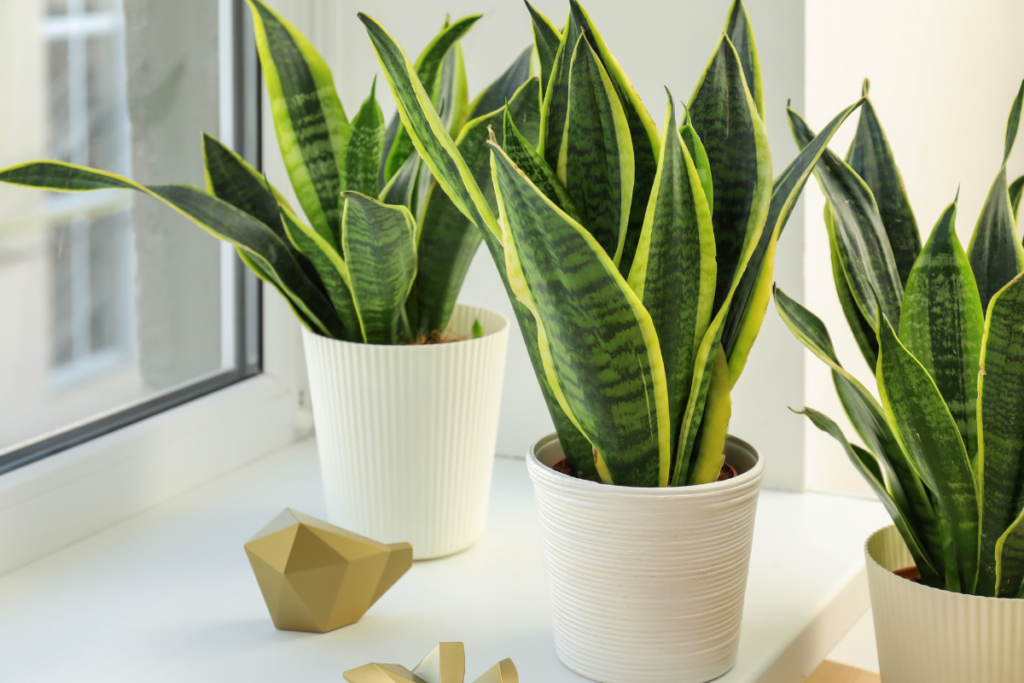
Due to their low maintenance and easygoing character, your Snake Plants can be placed in any room you want.
However, they are popularly placed inside rooms or offices with low light conditions, in bathrooms, or even in walk-in closets. With their tolerance in a wide range of light conditions, placing them just boils down to where your preference is.
However, the best placement for your Snake Plant will be ten feet away from a south or west-facing window. This placement will surely give your plant a sufficient amount of indirect lighting without the damage of burning leaves.
If you are into Feng Shui, you have more options to choose where you place your Snake Plant. The best places would be at the entrance of your house, in the bathroom, or in your office.
Furthermore, Sansevieria plants are also known for their air-purifying abilities. This makes them more suitable for any living space you spend more of your time in.
Humidity is also not a cause of problem for them. Just make sure that if you place them in a humid environment, be mindful in watering them as water does not easily evaporate in this kind of environment.
How To Figure Out Where To Best Place Your Snake Plant
Choosing where to place your Snake Plant can be quite hard even though they can be located literally anywhere. But here are some of the tips you can try to pick the best spot for your plant.
- Pick one spot and observe how your plant grows.
- If your plant is growing slowly, relocate it to a place with more light.
- If your plant is having leaf burns, move it away from its light source.
- If you’re living in a region with a warmer climate, you can grow your plant outside.
- If you’re growing your Snake Plant outside, plant it directly in soil or container.
RELATED: Snake Plant Roots: What To Look For In A Healthy Sansevieria Plant
Top Signs That Your Snake Plant Is Not In The Right Lighting Location
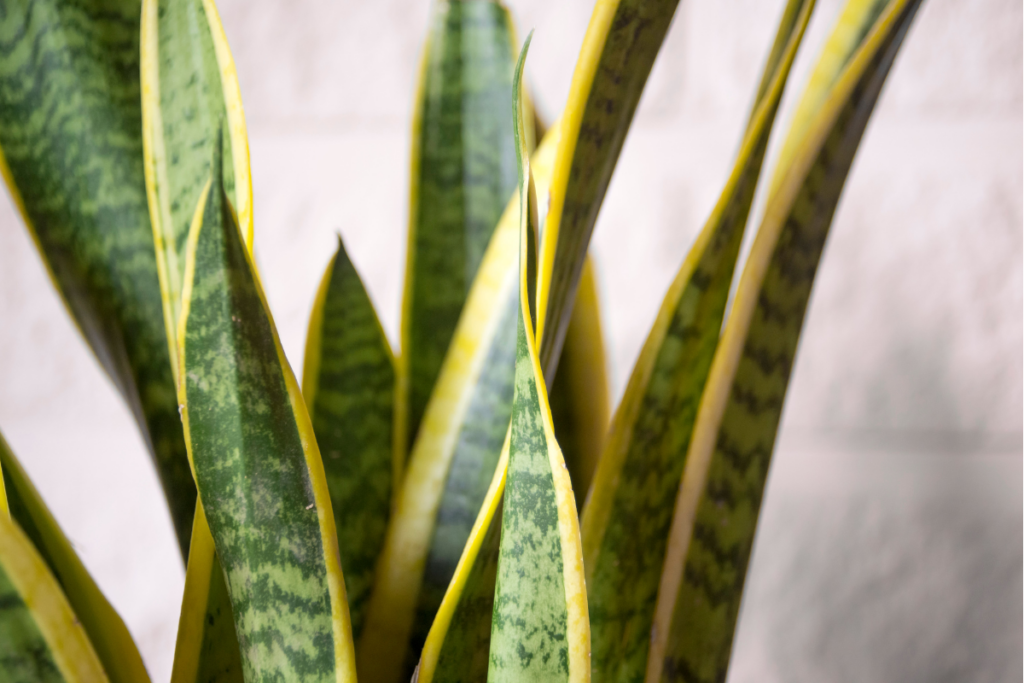
1. Its Growth Slants Toward The Source Of Light
When there is not enough light, snake plants tend to move toward the light source. Red and blue light are essential for snake plant photosynthesis. The plant will always incline towards the direction of the rays’ source. a sign that it craves direct sunshine
The leaves of this plant will stretch as far as they can to reach the light, despite being stiff and thickened. By turning the pot to the other side to get the light, you can temporarily fix this. Moving the plant to a location with adequate sunshine is a long-term fix.
2. Floppy Underwhelming Growth
Even in little light, your plant will make an effort to thrive. The plant’s response when there is not enough light is to just try to survive and be healthy. The plant will therefore try to conserve the majority of its energy. This is accomplished by continuing to be floppy, lean, and thin.
Lack of light causes a snake plant’s internodes to grow longer than usual. You can see this by thoroughly examining the plant. The distance between the internodes will widen, as you will see. They should be shorter than normal if your plant is getting less light.
3. Small Leaf Growth
The snake plant gets its energy from sunlight. Through photosynthesis, this energy is crucial for the growth and development of the plant. The plant cannot properly nourish its roots, leaves, or even new shoots without sufficient light.
4. Leaves Begin To Fall
Other factors, such as overwatering, may also contribute to leaves falling. However, the reason your mother-in- law is toppling over could be due to insufficient lighting. The prolonged lack of exposure or direct light weakens, causes the leaves to fall over, or causes the leaves to bend randomly.
5. Leaf Tips Turning Brown
A snake plant will do far better when exposed to bright light, to put it simply. Your plant’s primary motivation during the times of low light is to survive.
The negative effects of this impact are felt by some plant components. The most affected parts of the leaves are the tips, which begin to brown.
Younger leaves and older ones will turn yellow and form leaf edges that resemble brown. Make sure to determine the true reason for leaf browning to avoid confusion, as too much light can also cause the leaves to turn brown.
Try moving the plant to a location where it will receive adequate sunlight if it is in too much light.
Why Is Light Important For Snake Plant?
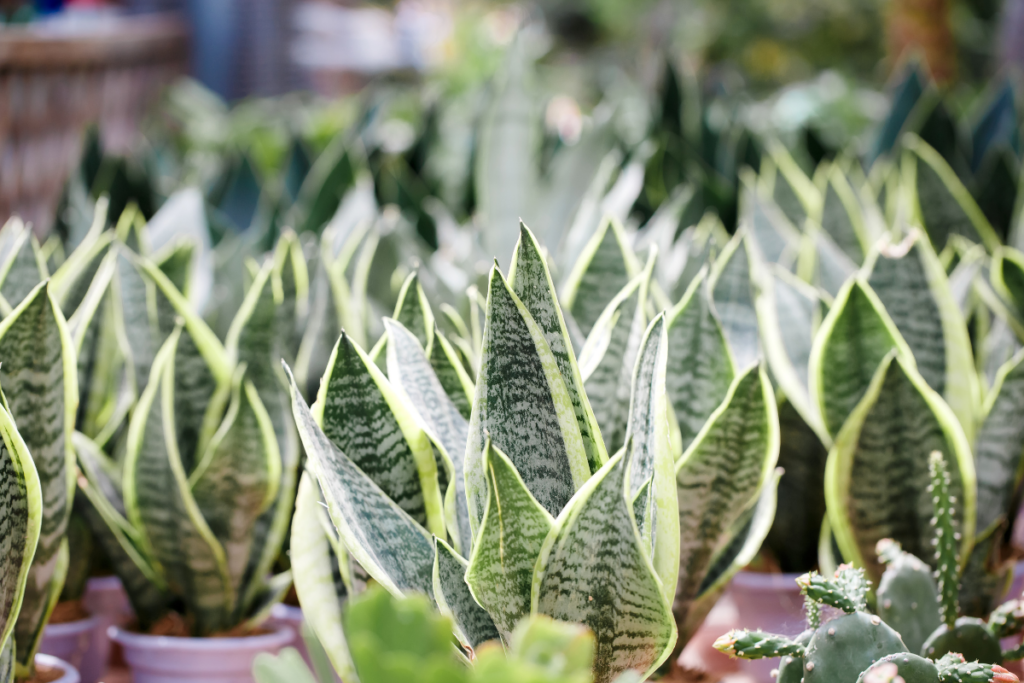
All living things, including plants, derive their energy from light. Plants were never intended to be cultivated indoors, it is a fact. They are intended to be grown outside, in areas with lots of light.
Therefore, nothing changes if you bring these plants inside your home. For them to be able to produce their own food, they still need a lot of light. Through a process called photosynthesis, all green plants rely on light and carbon dioxide to produce their own sustenance.
A significant source of energy for the plant is the sugar created during photosynthesis. Photosynthesis won’t be effective in the absence of sufficient lighting. Your snake plant will only experience stunted growth as a result, in addition to a host of other issues.
Direct Light Vs Indirect Light Conditions
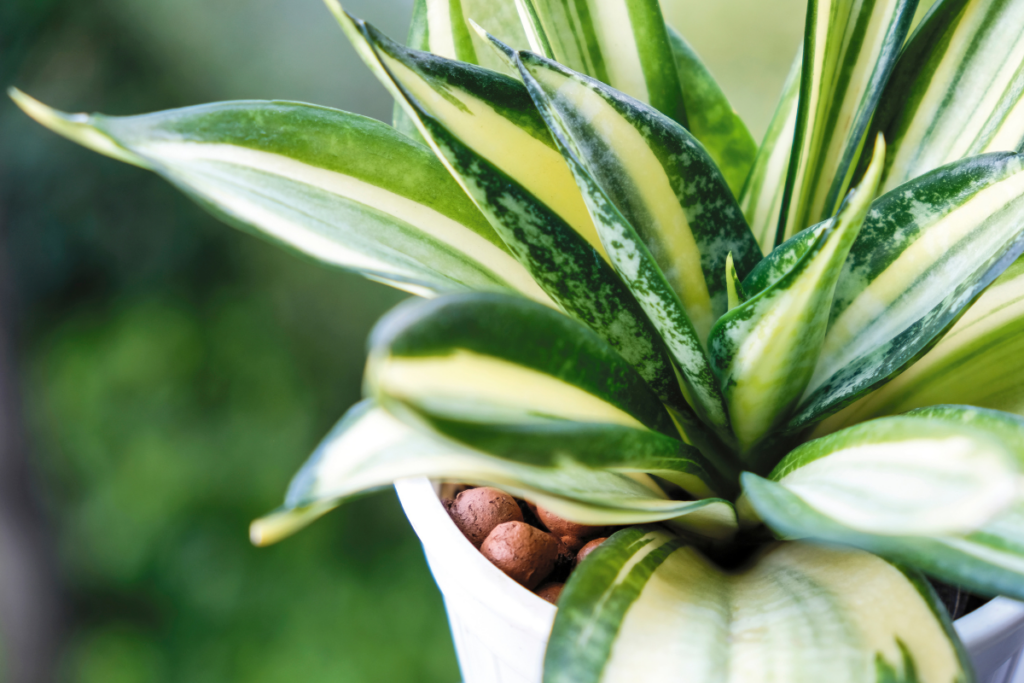
It can occasionally be difficult to tell the difference between direct and indirect sunlight, especially if you’re just starting out. But in order to give your snake plant the best lighting possible, you must know how to distinguish between the two.
Direct light is typically used to describe light that reaches a plant directly from the source and without any filters. Such a light typically casts a prominent, immediately recognizable shadow.
However, it is referred to as indirect light when the plant is placed in a location where direct light does not hit its leaf. In this situation, the light may be reflected off of the walls or floor or filtered through a sheer curtain.
Can Your Snake Plant Survive In A Dark Room?
Just like all plants, your Snake Plant cannot grow optimally without light. However, they can surely grow in dark rooms, as long as occasionally they are put outside to harness light. If the room is completely devoid of light, you can put an artificial light to help your plant in receiving light.
Remember that plants need light to perform photosynthesis. While a dark room could not potentially kill them, they cannot grow well or as fast as it will be if placed in a well-lighted area.
If you own a Snake Plant that is placed in an entirely dark room, expect it to grow as slowly as it can be. If you wish to make its growth rate a bit fast, relocate it to a room with better lighting for a few hours. This does not only give your plant the right amount of light, but it also keeps your plant from stretching to a specific direction and getting lanky.
On the other hand, if your area does not have a natural light source but you don’t want to move your plant, you can purchase artificial lights and put them on for a few amount of time a day.
The benefit may fully depend on the kind of artificial lights you have, but this setup is better than having nothing. This ensures that your plant will get light to perform metabolic processes.
Direct Light Vs Dark Light For Snake Plants
As long as they are exposed to some direct light, snake plants can thrive in a dim environment. Since snake plants don’t necessarily require a lot of light to flourish, even artificial light can aid in the plant’s development. The plant’s ability to do photosynthesis without light inhibits its ability to develop.
If you expect your snake plant to develop quickly in a gloomy space, try moving it to a location with light. If there isn’t any natural light in the space, you could try utilizing artificial light to assist the plant grow, albeit slowly.
How To Prevent Your Snake Plant From Dying From Heat Waves Caused By Direct Sunlight
Conditions brought on by changing seasons are beyond your control. Summertime is when there is a lot of sunlight, which causes heat waves and high temperatures.
When these intense heat waves linger for a long time, things get much more problematic. The snake plant is more vulnerable, particularly in direct sunlight. The actions listed below can be quite beneficial in defending your snake plant at these times.
1. Bring Your Plant To A Shaded Area
One of the most important things you can do during this time is to take the mother-in-law to a shade. Although you didn’t do anything to combat the heat, you will stay out of the direct rays of the sun. This primarily applies to immature, less robust snake plants.
Move the delicate plants into areas with shade, or better yet, bring them indoors. Although mature, healthy snake plants may tolerate brief exposure to the sun, you should keep a watchful check on them to avoid burning.
2. Avoid Fertilizing The Plant
If you want your snake plant to grow quickly and correctly, fertilizing it is necessary. Nothing grows when it’s sunny or hot outside. It is not advised to water the plant during these times.
Snake plants require more water than nutrition while it’s hot outside. When active growth is occurring in the spring, the plants should be fertilized. Fertilizer addition during this time may end up damaging the plant.
3. Be Aware Of The Water Level
The amount of evaporation increases during heat waves. Water usage should be done properly. The volume of water evaporating continues to increase even if the plant’s rate of water intake is low. The plant must therefore consume extra water in order to prevent drying out.
To compensate for the water loss, the frequency of watering should also be increased. To give the plant ample time to absorb the water, watering should be done in the morning. When watering snake plants in the sun or during intense heat waves, the plant may die from shock.
4. Do Not Repot
It is not advisable to repot your snake plant during sun waves. Repotting during this period stresses the plant, which may result in plant mortality. Repotting should be done in the spring or when the weather is back to normal.
RELATED: How To Propagate A Snake Plant: What You Need To Know
Final Thoughts
Snake plants are hardy, adaptable plants that may thrive in a variety of lighting situations. They are quite tolerant and will thrive in both direct and indirect sunlight.
However, you should think about giving your plant at least six hours every day of indirect, strong light and minimizing its exposure to direct sunlight to get the greatest outcomes.
I hope we were able to address your question on the lighting requirements for growing snake plants, and you are now prepared to begin growing this succulent.
Editor’s Recommendations
Snake Plant (Sansevieria): How To Get Your Plant To Flower and More
21 Types of Sansevieria – Indestructible, Exotic, and Elegant Air Purifiers
Hello, Why Is It Yellow? 5 Reasons Why Your Sansevireia Is Changing Color







